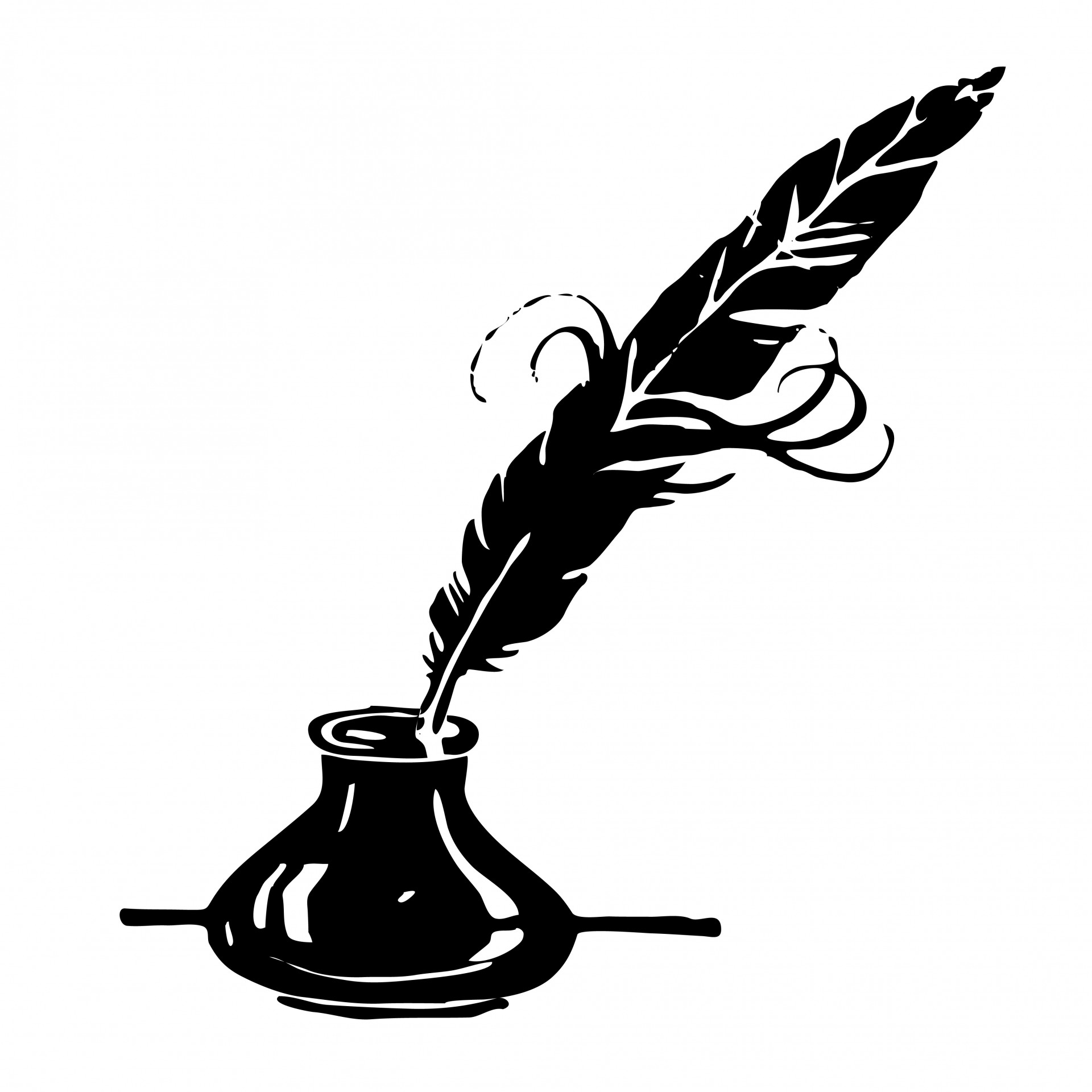Here is the Mishnah (Sanhedrin 4:3) that describes the Jewish court and its scribes:
סַנְהֶדְרִין הָיְתָה כַּחֲצִי גֹרֶן עֲגֻלָּה, כְּדֵי שֶׁיְּהוּ רוֹאִין זֶה אֶת זֶה. וּשְׁנֵי סוֹפְרֵי הַדַּיָּנִין עוֹמְדִין לִפְנֵיהֶם, אֶחָד מִיָּמִין וְאֶחָד מִשְּׂמֹאל, וְכוֹתְבִין דִּבְרֵי הַמְזַכִּין וְדִבְרֵי הַמְחַיְּבִין
(sefaria.org)
The sanhedrin was arranged like half of a round threshing floor, so that all of the judges could see each other. Two judicial scribes stood before them, one on the right and one on the left, and they would write the words of the defenders and the words of the prosecutors.
Initially, I tried to imagine what such a scribe would need to do his work efficiently. Reams of parchment and rivers of ink, for sure. And while the other students that sat before the court were seated on the ground, I wanted to make the scribes a bit more comfortable and so I gave them stools and a writing desk (which could also be used for supply storage).
In this image from my post about the Chamber of Hewn Stone you can see one of the scribes (in a light blue robe) at his station near the center of the picture:
 |
| Great sanhedrin of seventy-one judges meeting in the Chamber of Hewn Stone |
However, if you read the Mishnah above more carefully it says that the scribes "stood" in front of the judges. That word had not registered properly in my mind because anyone who has tried taking notes while standing up — whether in a notebook or even on a clipboard — can tell you how hard it is. Now imagine doing that while dipping a quill into an inkwell every few words, all while recording the proceedings in real time. Also, when you picture (aka: do an image search for) a "scribe" you see a man seated on the ground or at a desk.
To double-check whether the Mishnah should be taken literally I took a look at how Rambam describes the court. He follows the wording of the Mishnah pretty closely in his ruling (Hilchos Sanhedrin 1:10):
כָּל מָקוֹם שֶׁיֵּשׁ בּוֹ סַנְהֶדְרִין יִהְיוּ שָׁם שְׁנֵי סוֹפְרֵי דַּיָּנִים עוֹמְדִין לִפְנֵיהֶם אֶחָד מִן הַיָּמִין וְאֶחָד מִן הַשְּׂמֹאל
(sefaria.org)
Wherever there is a sanhedrin there should be two judicial scribes standing before them, one on the right and one on the left.With this new understanding I went back to the search results and looked a little closer. It turns out that there are examples, from many different civilizations, of scribes doing their work standing up. Here are just a few:
 |
| Egyptian scribe (Canada History Museum) |
 |
| Assyrian scribes (wikipedia) |
 |
| Roman scribe (alamy) |
 |
| Minor sanhedrin courthouse of the Temple |
My homework is to add standing scribes to all of the Temple's sanhedrin courts.

Superb!
ReplyDelete